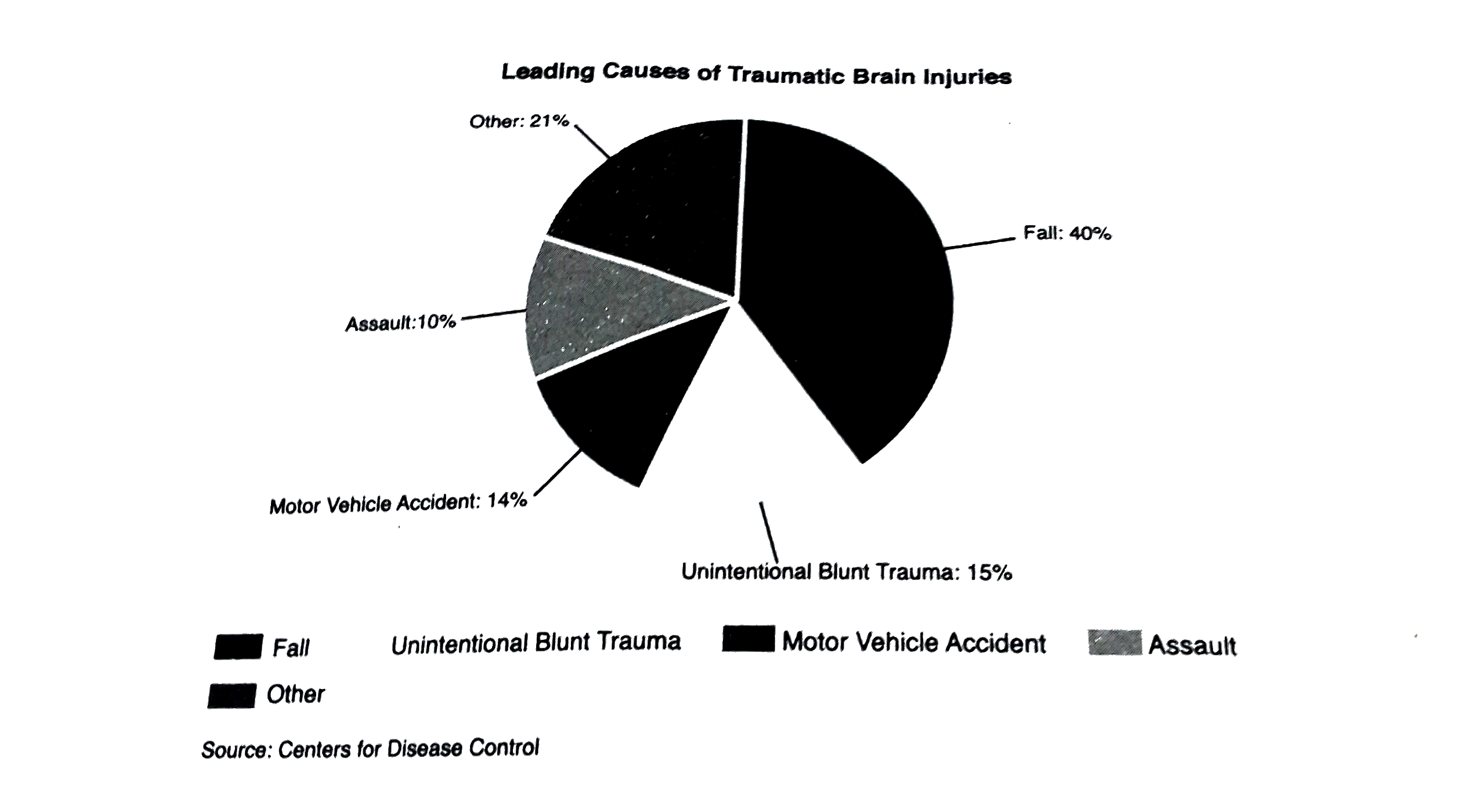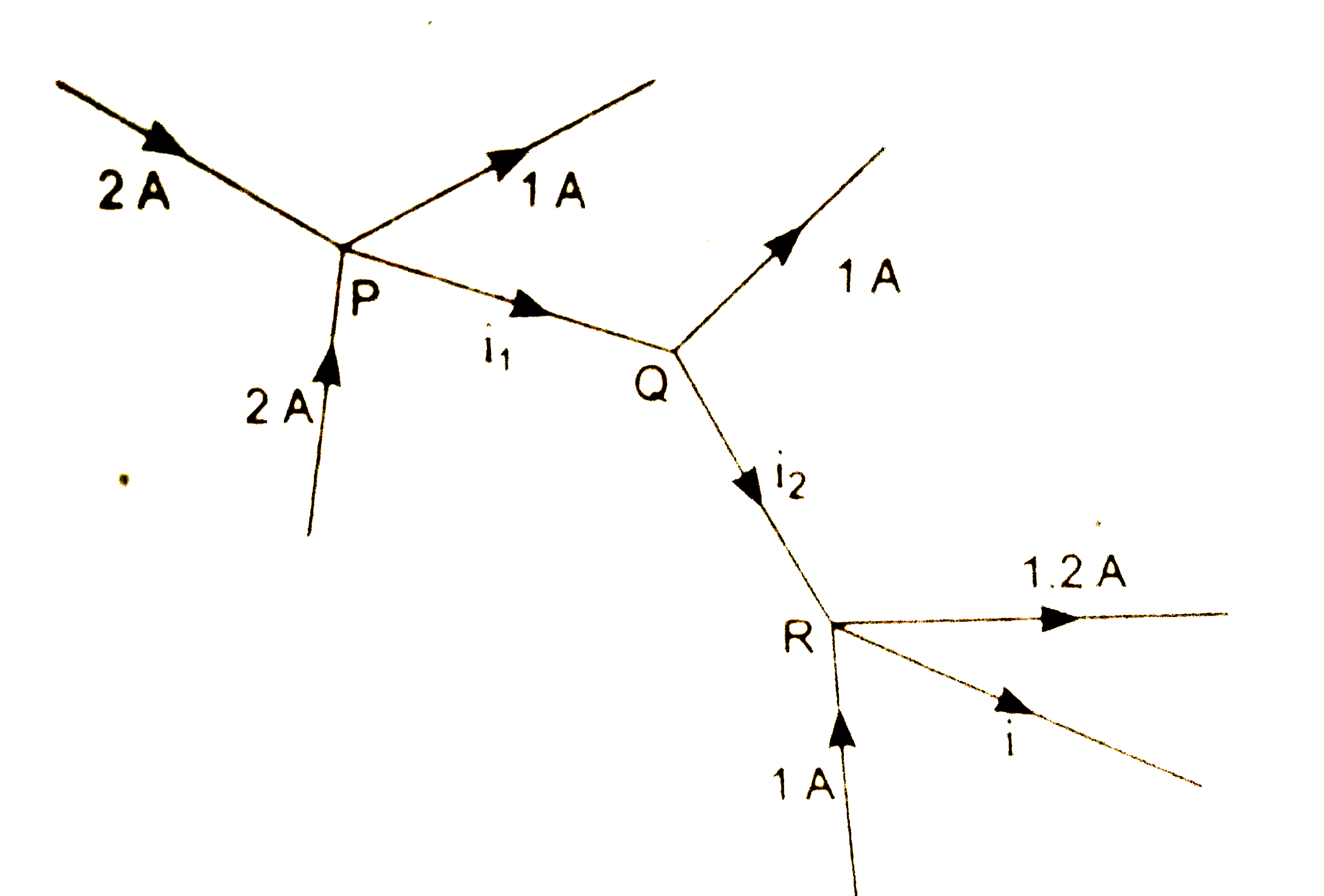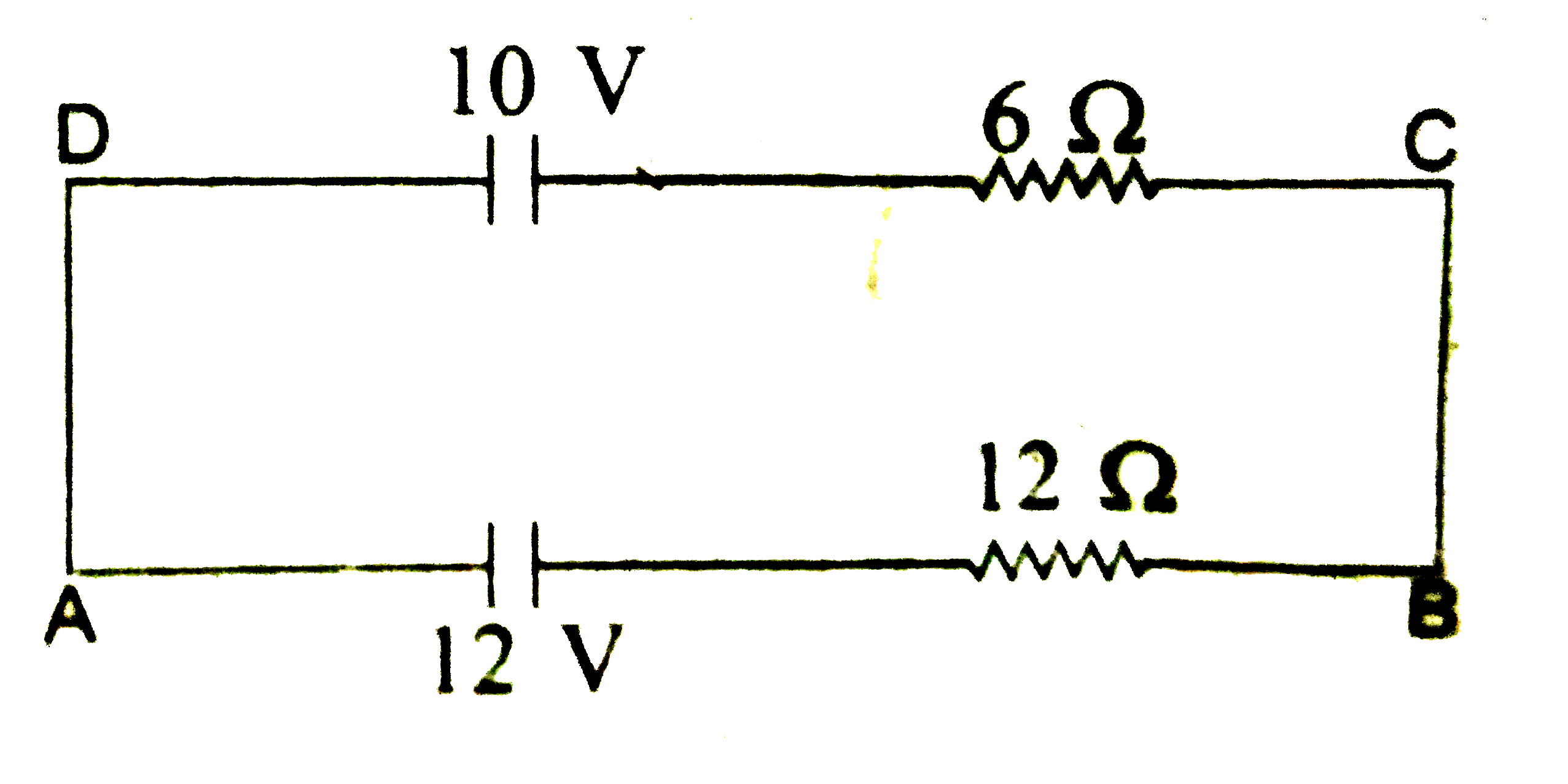Is It the Heart or the Brain? I saw you from across the room, and I knew immediately. My pulse began to race, I started to sweat, I could barely breathe. From the first moment that I laid eyes on you, I was convinced that you were the one. On our first date, the chemistry was obvious. We laughed and smiled and held hands and talked for hours. I couldn't sleep or eat or even pay attention at work. I just had to be with you. Within one-fifth of a second, your physical appearance and body language caused an excessive release of dopamine in my brain creating feelings of excitement and happiness. We made eye contact for 8.2 seconds, your pheromones were indistinguishable from my mother's. Then, your voice triggered my brain mechanism for generating long-term attachment, and, for the next several days, my neurotransmitters sent obsessive message after message, accompanying thoughts of you with feelings of euphoria. Once vasopressin and oxytocin reached my receptors, I knew that I could never be without you. Although the former description of "falling in love" is far more prevalent, it is the latter that has scientists speculating that love is more biological than cultural. Helen Fisher, American anthropologist and professor at Rutgers University, studies romantic interpersonal attraction and states that love begins with a focus on one person that results in obsessive thinking. In her essay, "The Realities of Love at First Sight," Fisher explains how we evaluate an individual within three minutes of meeting them based on their physical attributes, voice, and words. First, we decide if they are attractive, then we evaluate their clothing and stature, before moving on to the sound and tone of their voice. Lastly, we consider what they actually say. She concludes that we choose partners whose biological chemicals complement our own. Fisher's research has even gone further to explain the science behind falling in love. She theorizes that humans have three brain systems for loving: lust, which is associated with testosterone, attraction, which is linked to dopamine, and attachment, which is brought on by increased levels of oxytocin and vasopressin. While these three systems can surely overlap, they also exist separately from one another which, for Fisher, explains why loving more than one person at a time is quite possible. However, Fisher isn't convinced that love is entirely biological. The Economist describes the phenomenon like this: "a chemical state with genetic roots and environmental influences. Yet, the connection between love and brain chemicals is far too certain to ignore. Psychology Today renders love a three-step scientific process. First, a release of the hormone dopamine causes "feel good" emotions. In this stage, we feel attracted to an individual and associate them with feelings of intense joy. Next, our neurotransmitters-norepinephrine and phenylethylamine-lead to focused attention on the object of our attraction and feelings of giddiness that make it hard to sleep and decrease our appetite. Lastly, our brain reward system is activated, sending chemical messages to various parts of the body that elevate mood and make an addiction-like urge to be with that person. Biologically, that is the extent of love. Comparing love to a chemical addiction is actually a quite common metaphor, within poetry and music, but it also happens within the sciences. Deepak Chopra, physician and public speaker, postulates that love stems from an impulse and behaves within our brain very similarly to a drug addiction. Stephanie Ortigue is a professor at Syracuse University and describes the addiction-like qualities as a result of twelve different areas of the brain working in tandem to release euphoria-inducing chemicals such as adrenaline, dopamine, oxytocin, and vasopressin. Oxytocin, known as "the love hormone," is why we feel calm and cuddly with our significant others. When it comes to "love at first sight," biologists are asserting that it actually does happen-in about 11% of love encounters, the attachment mechanism within the brain can be triggered within the first few minutes of meeting someone. The Huffington Post contends that the optimal environment for love at first sight takes place in encounters with about 8 seconds of continuous eye contact, in cases where individuals stared into one another's eyes for 4.5 seconds or less, the chances for love were dismal. It would appear that new research has love down to a science.
it can be reasonably inferred from the passage that which of the following chemicals is most important to a long-lasting loving relationship?
oxytocin
textosterone
dopamine
norepinephrine
The correct Answer is:A
Oxytocin, according to the passage, is known as the "love hormone" and is associated with attachment. Thus, it is crucial for long-lasting romantic love. (B) is connected with feelings of lust or desire. And (C) and (D) are connected with attraction and "feelings of giddiness."
Topper's Solved these Questions
Similar Questions
Based on the evidence in the graph,which of the following is true?

View SolutionBelow is the beginning of Harriet beecher stowe's 1852 novel. Uncle tom's cabin. Her own remark on te chapter is as follows: in which the redder is introduced to a man of humanity. Late in the afternoon of a chilly day in february two genelemen were sitting over their wine.in a well furnished parlour in the line town of P--- in kentucky in the midst of an earnest conversation. That is the way i should arrange the matter, said Mr. shelby, the owner of the place. the fact is Tome is an uncommon fellow, he is certainly worth that sum anywheree steady, honest, capable, manges my farm lie a clock. You ought to let him cover the whole of the debt, and you would, haley, if you'd got any conscience. " Well, I've got just as much conscience as any man in business can afford to keep, siad haley, and I',m willing to do anything to blige friends, but this yer, ye see, is too hard on a feller, it really is. haven't you a boy or gal on a feller, it realyy in with tom? Hum-- none that I Could well spare, to tell te truth, it s only hard necessity makes me sell at all." Here the door opened, and a small quadroon boy, remarkably beauti-ful and engaging, entered with a comic air of assurance which showed e was used to being petted and noticed by his master. hulloa. Jim crow," said mr. shelby, snapping a bunch of raisins towards him, " pick that up, Now the child scampered, with all his little strength after the prze while his master laughed. tel you what siad haley, " Fling in that cahp, and I' ll settle the business, I wil. At this moment a young woma. obviously the child's mother, came in search of him, and haley, as soon as she had carried him away, turned to mr. Shelby in admiration. By jupiter said the trader, there's an article now you might make your fortune on that one gal in orleans, any way what shall I say for her? What'll you take? " Mr haley, she is not to be sold. I say no, and I mean no," said Mr. shelby. decidedly. Well. you'll let me have the boy, though i would rather not sell him, '' said Mr. i would rather not sell him. Said mr' Shelby, the fact is I' m a humane man, and I hate to take the boy from his mother, sir. Oh, you do? la, Yes, I understand per-factly. It is mighty unpleasant getting on fectly. It is mighty unpleasant getting on with women sometimes. I al' ays hates these with women sometimes. I al' as hates these with women sometimes. I al' ays hates these yer screechin times. As I manages business. I generally avoids em, sir. now, what if you get the gal off for a day or so? then the thing's done quietly. it 's always best to do the humane thing. sir, that's been my experience." "I'd lie to have been able to kick the fellow down the steps, siad mr. shelby to himself, when the trader had bowed himself himself, when the trader had bowed humself out. And Eliza's child. too I know I shal have some fuss with the wife about that, and for that matter, about tom, too so much for being in dibt, heigho the prayer-meeting at uncle tome's cabin had been protracted to a very late hour, and Tom and his worthy helpmeet were not yet asleep, when between twelve and one there was a light tap on the window pane good Lord what that said Aunt chloe, starting up. My sakes alive it it aint Lizzy Get on your clothes, old man, quick. I'm gwine to open the door. and suiting the action to the word, the door flew open and the light of the candle wich Tom had hastily lighted. fell on the face of elizxa. I' m running away. Uncle tom and aunt chloe__ carrying off my child. Master sold him. " " Sold him? echoed both. holding up their hands in dismay. " Yes. sold him said eliza firmly. ' I crept into ther closet by mistre4ss's door to night, and I heard master tel missus that he had sold my harry and you , Uncle tom, both to a trader, and that the man was to take posses- sion to - day" Slowly, as the meaning of this speech came over Tom, he collapsed on his old chair, and sunk his head on his knees.
1. Which choice provides the best summary of what happened in the passage?
View Solutionनिम्नलिखित पर संक्षिप्त टिप्पणी लिखिए-
(i ) आयोडोफॉर्म परीक्षण ।
(ii ) सैण्डमेयर अभिक्रिया ।
View Solutionनिम्नलिखित पर संक्षिप्त टिप्पणी लिखिए-
(i ) डार्जेन अभिक्रिया , (ii ) वुर्ट्ज अभिक्रिया।
View Solutionनिम्नलिखित पर संक्षिप्त टिप्पणी लिखिए-
(i ) आयोडोफॉर्म परीक्षण ।
(ii ) सैण्डमेयर अभिक्रिया ।
View Solutionनिमिनलखित पर संक्षिप्त टिप्पणियां लिखिए-
(i) अधिशोषण (ii) विषमांगी उत्प्रेरण !
View Solutionदिए गए परिपथ में धारा I का मान ज्ञात कीजिये ?

View Solutionविघुत परिपथ संबन्धी किरचॉफ के नियम लिखिए । संलग्न चित्र से धारा i का मान ज्ञात कीजिये ।
View Solutionदिए गये विघुत परिपथ की सहायता से ज्ञात कीजिए
- (i) परिपथ में धारा , तथा
(ii) बिन्दु A तथा B के बीच विभवान्तर ।

View Solutionकिसी धारामापी को अमीटर में कैसे परिवर्तित किया जाता है? उपयुक्त परिपथ द्वारा स्पष्ट कीजिए। समीकरण ig=SS+Gi की स्थापना कीजिए ।
View Solutionदो समान्तर धारावाही ऋजुरेखीय तारों के बीच लगने वाले बल के सूत्र Fl=μ02πi1i2r का निगमन कीजिए।
View Solutionएक प्रेरक के बहने वाली धारा, i=4+12t द्वारा दी जाती है, जहाँ I ऐम्पियर में तथा t सेकण्ड में है | इसमें स्वप्रेरित विधुत वाहक बल 12 mV है | ज्ञात कीजिए- (i) स्वप्रेरकत्व, तथा (ii) t=1 सेकण्ड पर प्रेरक में संचित ऊर्जा एवं इसको प्रदान की गयी शक्ति |
View Solutionएक प्रेरक में प्रवाहित धारा, i=2+5t द्वारा व्यक्त की जाती है, जहाँ i ऐम्पियर तथा t सेकण्ड में है | इसमें स्वप्रेरित विधुत वाहक बल 10 मिलिवोल्ट है | ज्ञात कीजिए -
(i) स्वप्रेरण गुणांक, तथा (ii) t=2 सेकण्ड पर प्रेरक में संचित ऊर्जा |
View Solutionएक मित्र दूसरे से कहता है कि 'यदि मुझे एक सौ दे दो, तो मैं आपसे दो गुना धनी बन जाऊँगा ।दूसरी उत्तर देता है 'यदि आप मुझे दस दे दें, तो मैं आपसे छः गुना धनी बन जाऊँगा' बताइए कि उनकी क्रमशः क्या संपत्तियाँ हैं? [भास्कार II की बीजगणित से]
[सकेत: x+100=2(y−100),y+10=6(x−10)]
View Solutionमैने 5 पेन , 7 पेंसिल और 4 रबड़ खरीदे । शालू ने 6 पेन , 8 रबड़ और 14 पेंसिल खरीदी जिसके लिये उसने , जो मैने भुगतान किया था , उससे आधा अधिक भुगतान किया । मैने पेन पर कुल का किनते % भुगतान किया ?
View SolutionRb+ तथा I− की आयनिक त्रिज्याएँ क्रमश: 1.45 तथा 2.16 Å है । क्रिस्टल जालक की सर्वाधिक संभावित संरचना है :
View Solution
